Bok Choy Plant Bolt: How To Prevent Bolting In Bok Choy
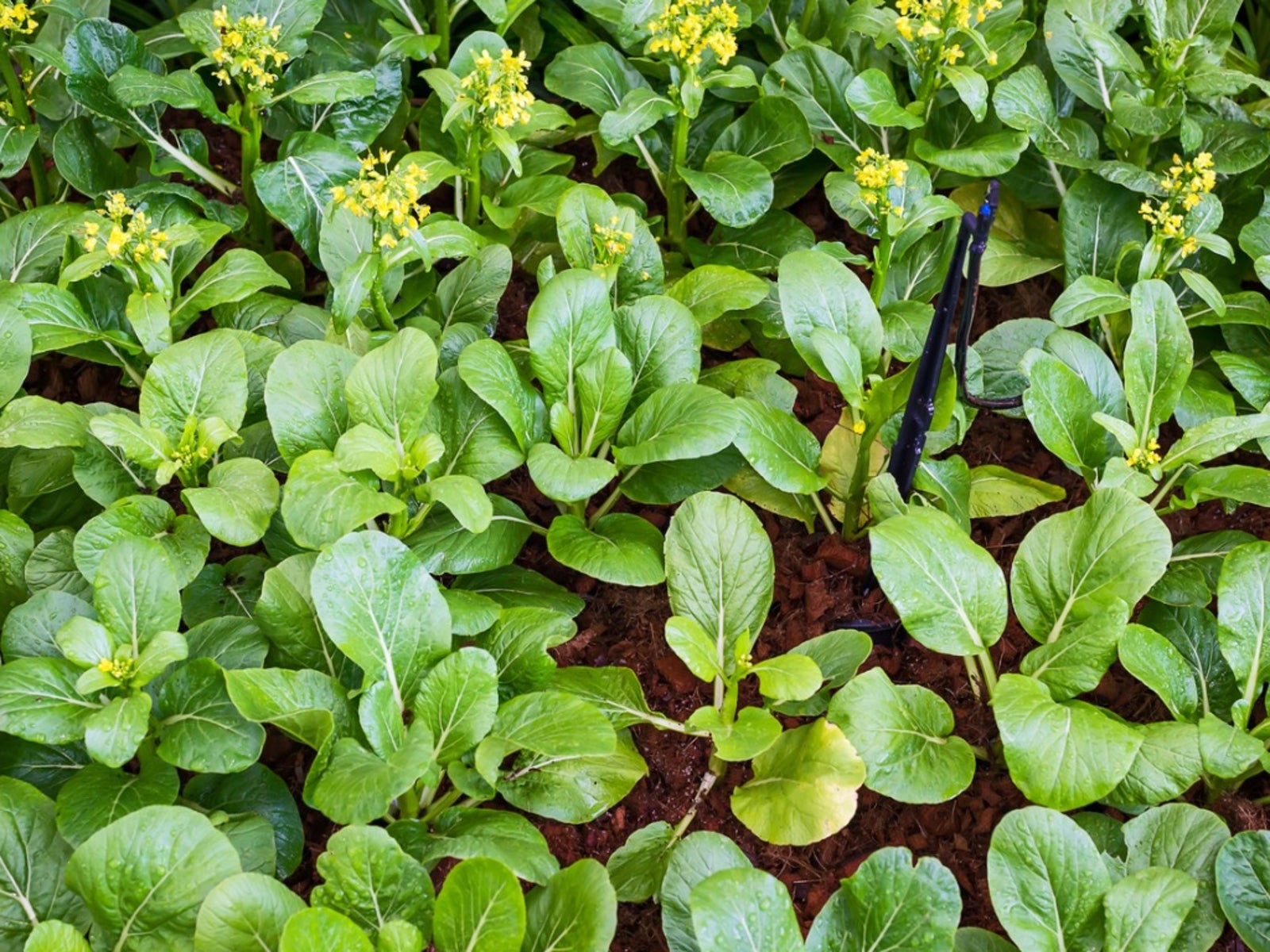

You can always tell gardening season is in full swing when you get questions about what it means when bok choy bolts, like “Why do I have a flowering bok choy plant?” Bolt, or (bolting), is a common problem for gardeners who want to grow this tasty Asian vegetable. Unfortunately, there is no definitive answer for how to prevent bolting in bok choy, but there are things you can do to increase your chances for a successful crop.
Bok Choy Plant Bolt
Bok choy (Brassica rapa) is an Asian vegetable that also goes by the names of Chinese white cabbage or Chinese mustard. It's a member of the mustard family, and therefore, a cool season vegetable that should be grown in the spring or fall. It is a non-heading cabbage with dark green leaves and white leaf stalks and is grown as an annual. Horticulturally, in leafy greens such as bok choy, bolting is the premature growth of a long stalk carrying a flower head, so early flowering bok choy is a sure sign that your bok choy is bolting.
How to Prevent Bolting in Bok Choy
There are several answers to what it means when bok choy bolts and how to prevent bolting. In bok choy, the key factor is shock, which can be caused by transplanting, temperature, and water. It's a sign your plant is ‘panicking' and feels the need to propagate (make seed) as quickly as possible. First, choose a variety that is slow to bolt, particularly if you live in an area where radical temperatures are common. Choose your site carefully. Bok choy needs sun, but as the weather warms, all day sun will cause your garden soil temperature to rise. You'll be planting in the spring before trees are fully leafed out. Choose a spot that will eventually have some shade. Six to eight hours of direct sun is all that's needed. If sunny spots are all that's available, you might consider creating shade with a tarp. Transplanting can cause shock. For spring planting, sow your seed directly into nitrogen rich soil as soon as all danger of frost has passed. The ideal temperature for bok choy is between 55 and 70 degrees F. (13-21 C.). Be aware that bok choy plant bolt can occur when nighttime temperatures drop below 55 degrees F. (13 C.). Of course, Mother Nature can never be completely relied on, so one of the easiest answers for how to prevent bolting in bok choy is to grow it in a cold frame where you have more control over temperature. Too much or too little water can also cause bok choy bolting. Your soil should drain well and your plants should receive about one inch (2.5 cm.) of water per week and the soil remains damp between watering. Successive plantings are seldom effective as a way to prevent bolting bok choy. Young bok choy plants bolt as quickly as mature ones. Lastly, begin harvesting early. You don't have to wait for the entire plant to mature to harvest the larger outer leaves, and as soon as you see signs of your bok choy bolting, harvest the entire plant and use the smaller leaves in salads. According to several excellent cooks I know, flowering bok choy isn't the disaster some gardeners think. They claim that the flower stalks are tender and sweet and make a great addition to stir-fry and salads. Bok choy is one of the more finicky choices to plant in your garden, but the rewards of a successful season can make it all worthwhile. Those of us who love this difficult-to-grow Asian vegetable know what it means when bok choy bolts. All it means to us is there's always another gardening season on the horizon and next year, we'll get it right.
Gardening tips, videos, info and more delivered right to your inbox!
Sign up for the Gardening Know How newsletter today and receive a free copy of our e-book "How to Grow Delicious Tomatoes".

Jackie Rhoades began writing for Gardening Know How in 2010.
-
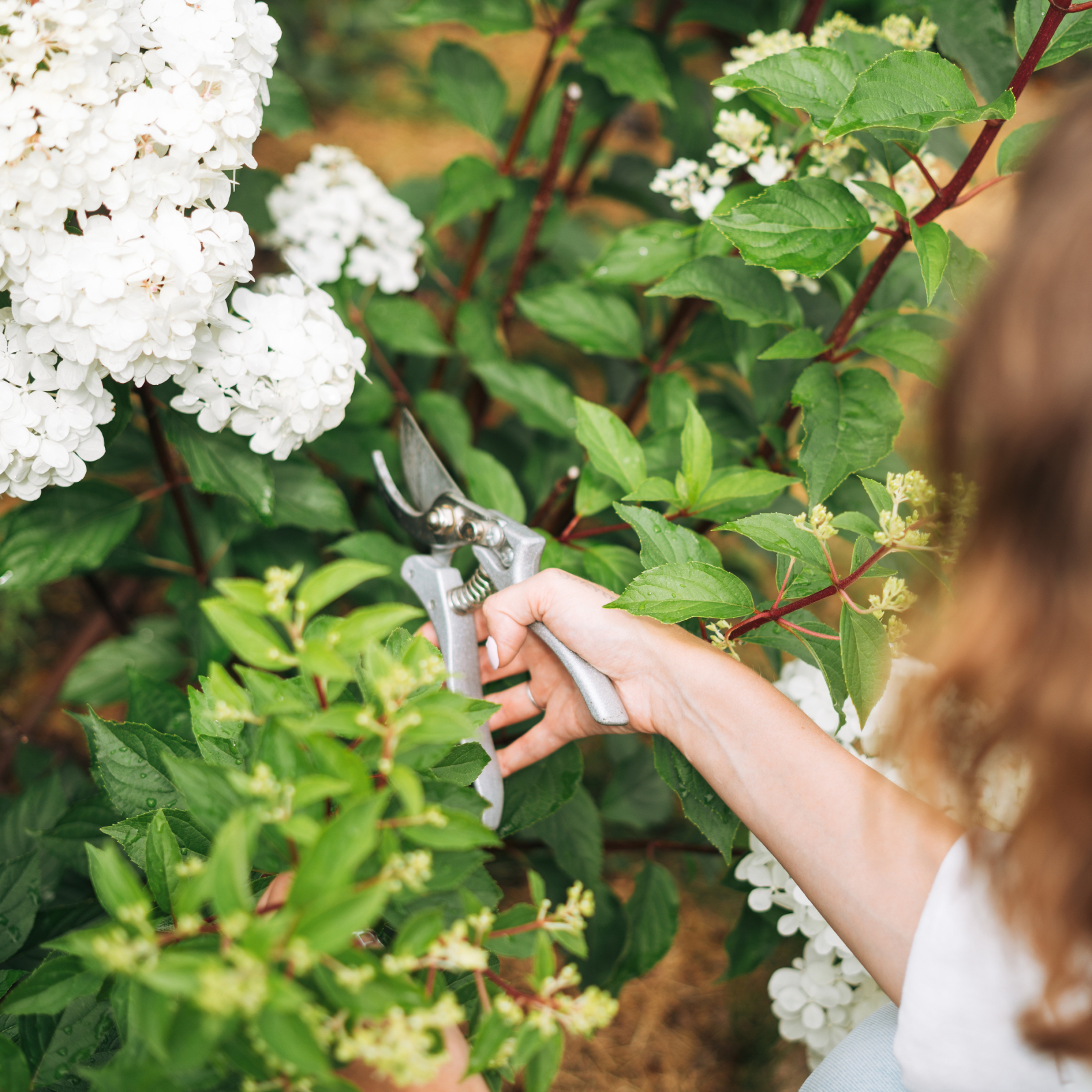 Pruning Limelight Hydrangea Bushes For Bigger Blooms & Stronger Plants
Pruning Limelight Hydrangea Bushes For Bigger Blooms & Stronger PlantsPruning 'Limelight' hydrangea will benefit the shrub. Flowers will be more bountiful the next year and branches will be stronger. Learn how and when to prune.
-
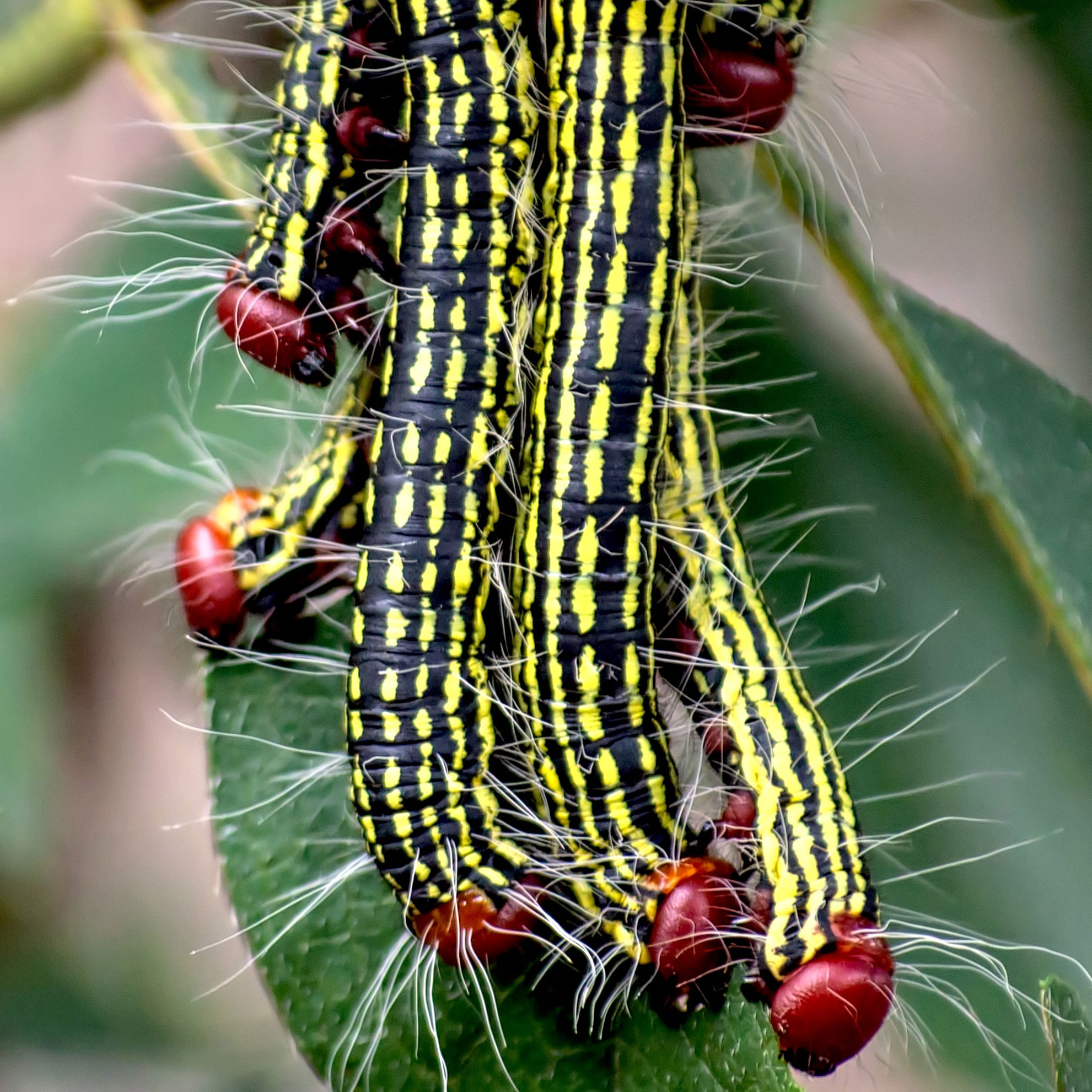 What’s Wrong With Your Azaleas? Identify, Tackle And Prevent 6 Common Azalea Pests
What’s Wrong With Your Azaleas? Identify, Tackle And Prevent 6 Common Azalea PestsIf you’ve spotted signs of azalea leaf damage, don’t panic – here’s how to identify the most common azalea pests so you can take action swiftly and keep plants healthy
-
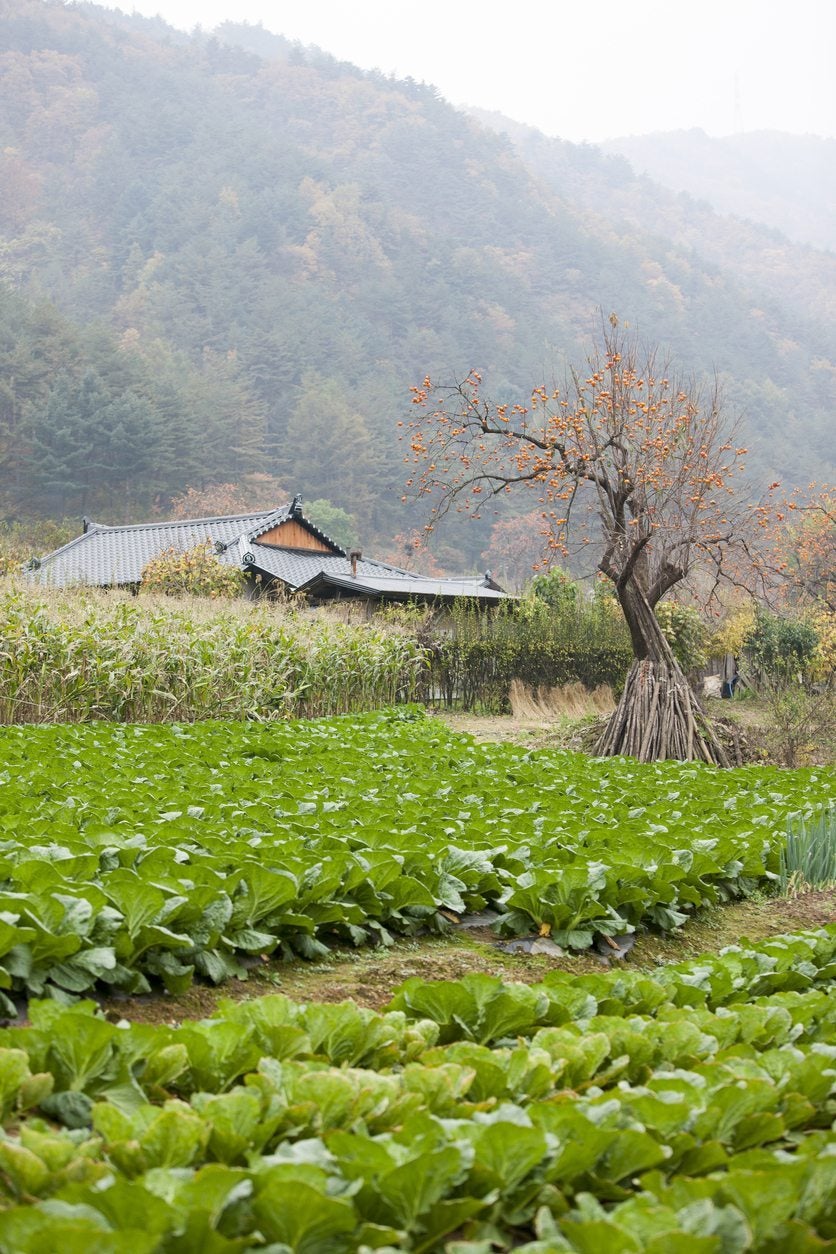 Bok Choy Fall Planting: A Guide To Growing Bok Choy In The Fall
Bok Choy Fall Planting: A Guide To Growing Bok Choy In The FallLate season bok choy thrives in the cooler temperatures of autumn as long as you know when to plant in a timely manner before colder temperatures arrive. When should you start autumn bok choy? Click hereto find out about bok choy fall planting times.
-
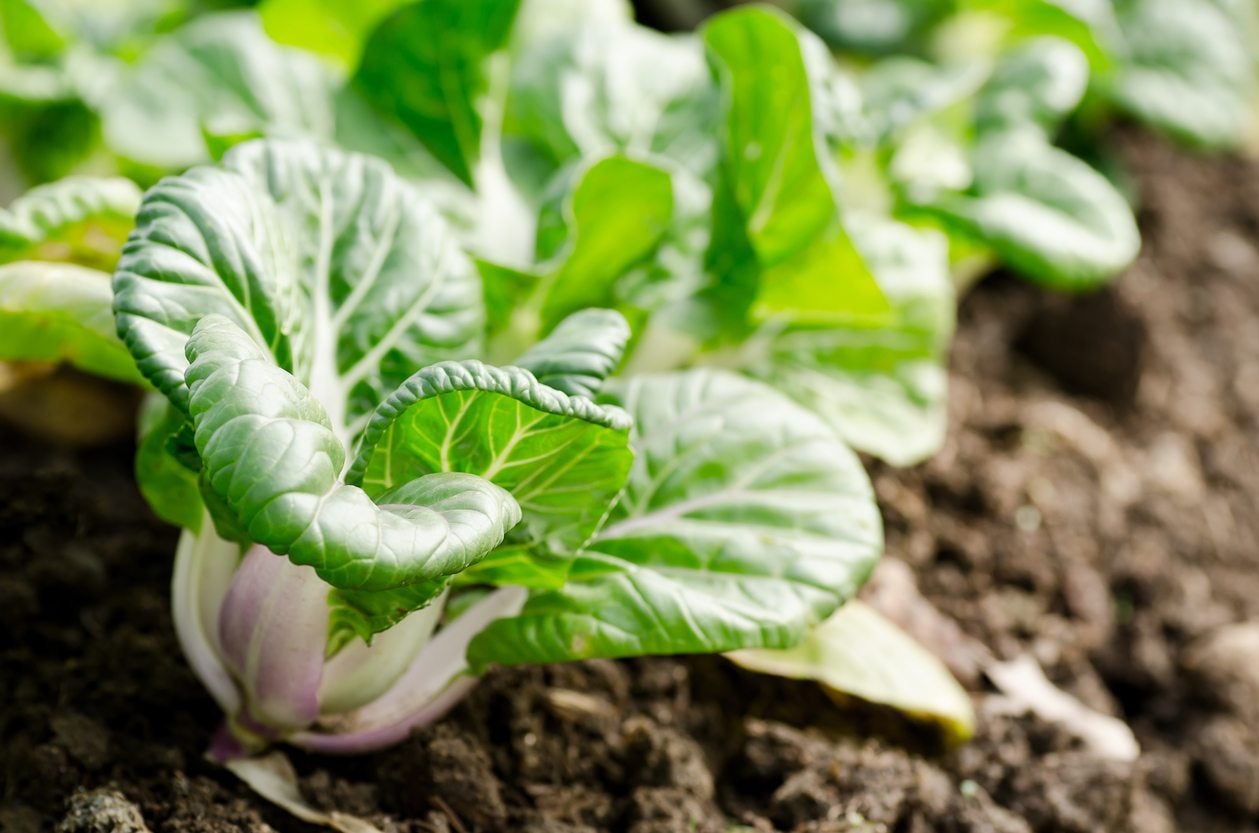 Problems With Bok Choy: Common Bok Choy Diseases And Pests
Problems With Bok Choy: Common Bok Choy Diseases And PestsBok choy is a great vegetable to add to your arsenal of greens. But what do you do when your bok choy starts to fail? Click the following article to learn more about bok choy problems and how to combat common bok choy diseases and pests.
-
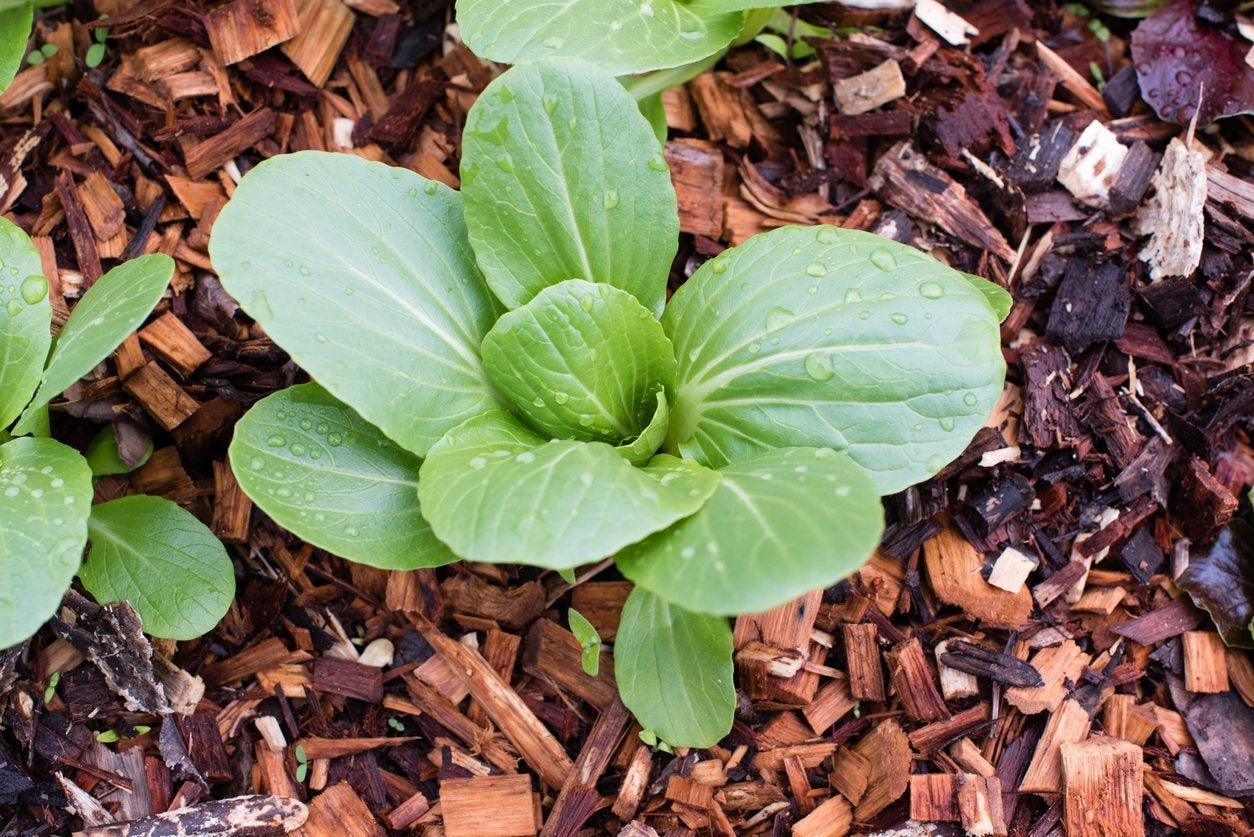 Bok Choy Planting Time: When Do I Plant Bok Choy
Bok Choy Planting Time: When Do I Plant Bok ChoyIf you're a fan of the bok choy green, maybe you're wondering "When do I plant bok choy?" Click on the following article to find out when to plant bok choy and other information regarding bok choy planting time in the garden.
-
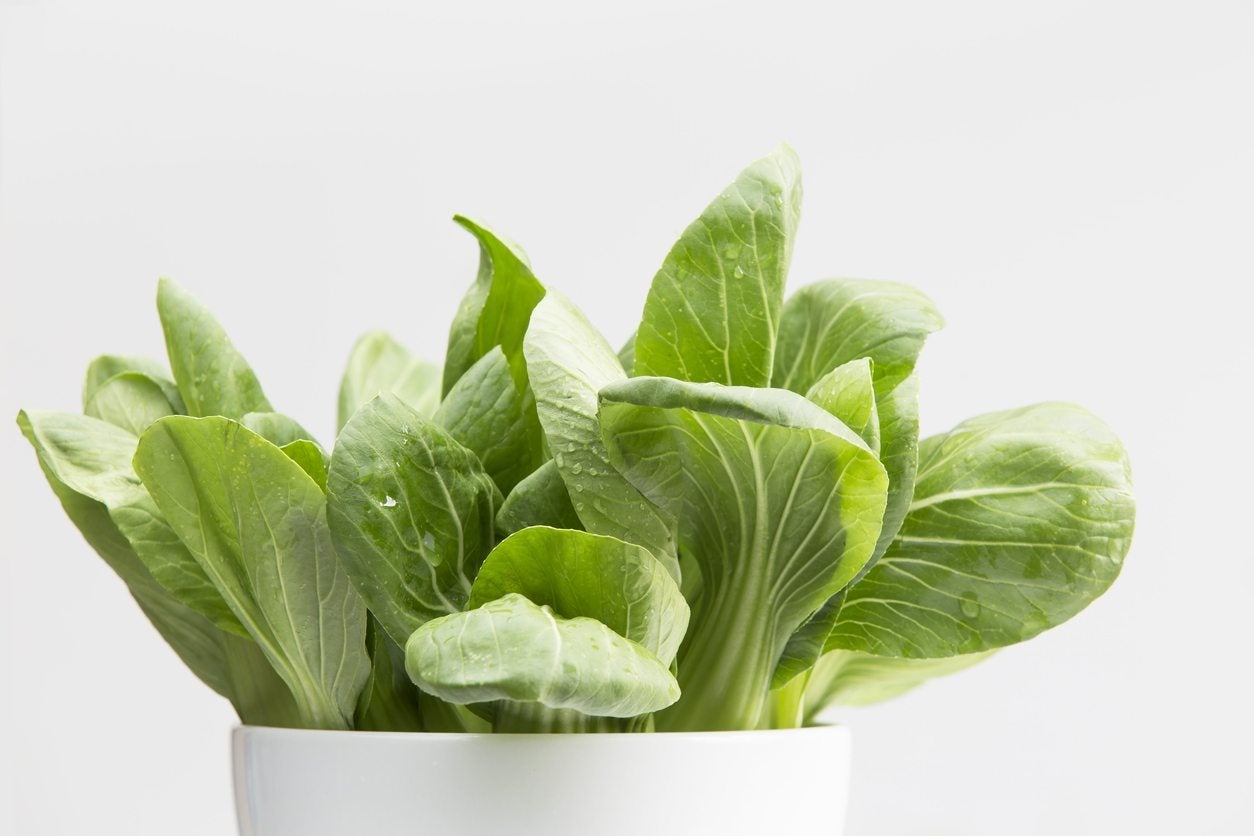 Bok Choy In A Pot – How To Grow Bok Choy In Containers
Bok Choy In A Pot – How To Grow Bok Choy In ContainersBok choy is tasty, low in calories and rich in vitamins and minerals. However, what about growing bok choy in containers? Planting bok choy in a pot isn't only possible, it's amazingly easy and we'll tell you how to do it. Click this article to learn more.
-
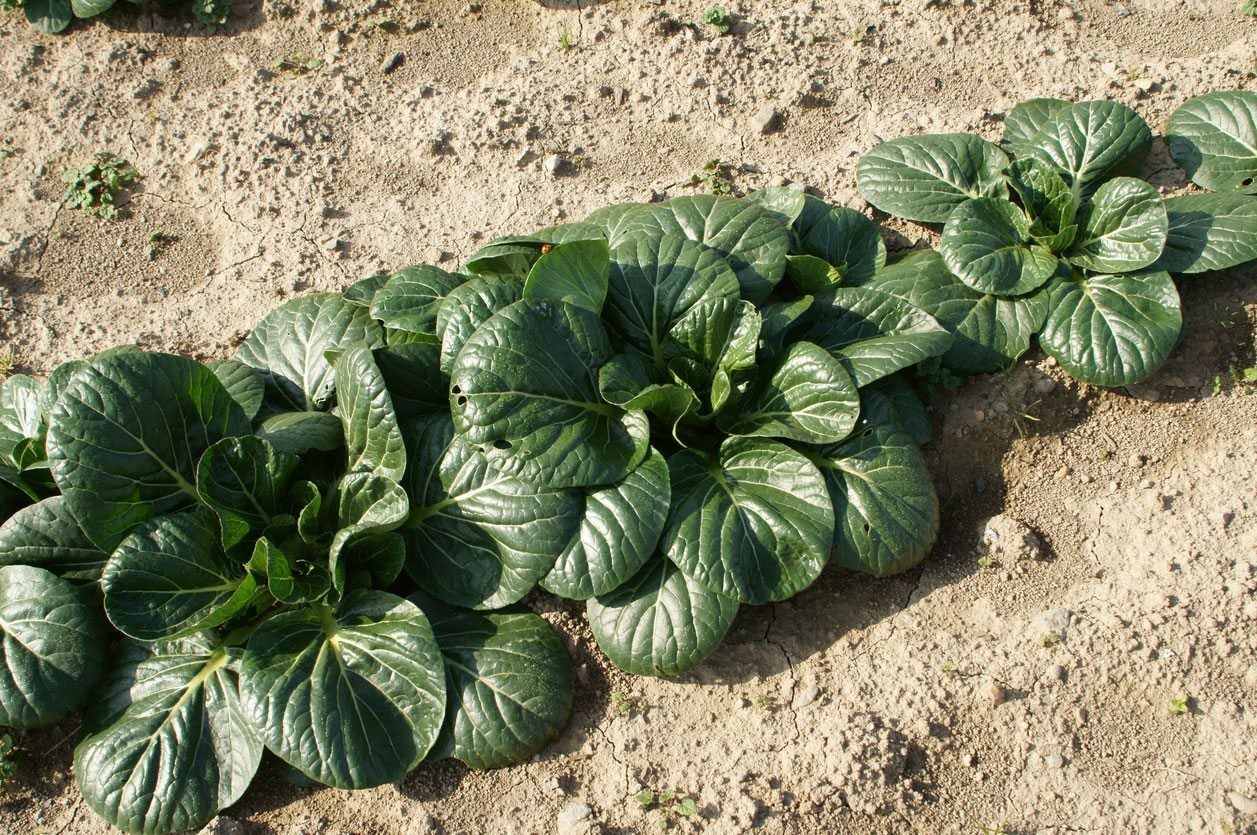 Bok Choy Spacing – How Close To Plant Bok Choy In The Garden
Bok Choy Spacing – How Close To Plant Bok Choy In The GardenBok choy is a cool weather vegetable that?s easy to grow with a few simple instructions, including proper spacing requirements for bok choy. How close do you plant bok choy? Click this article for information regarding bok choy planting and spacing.
-
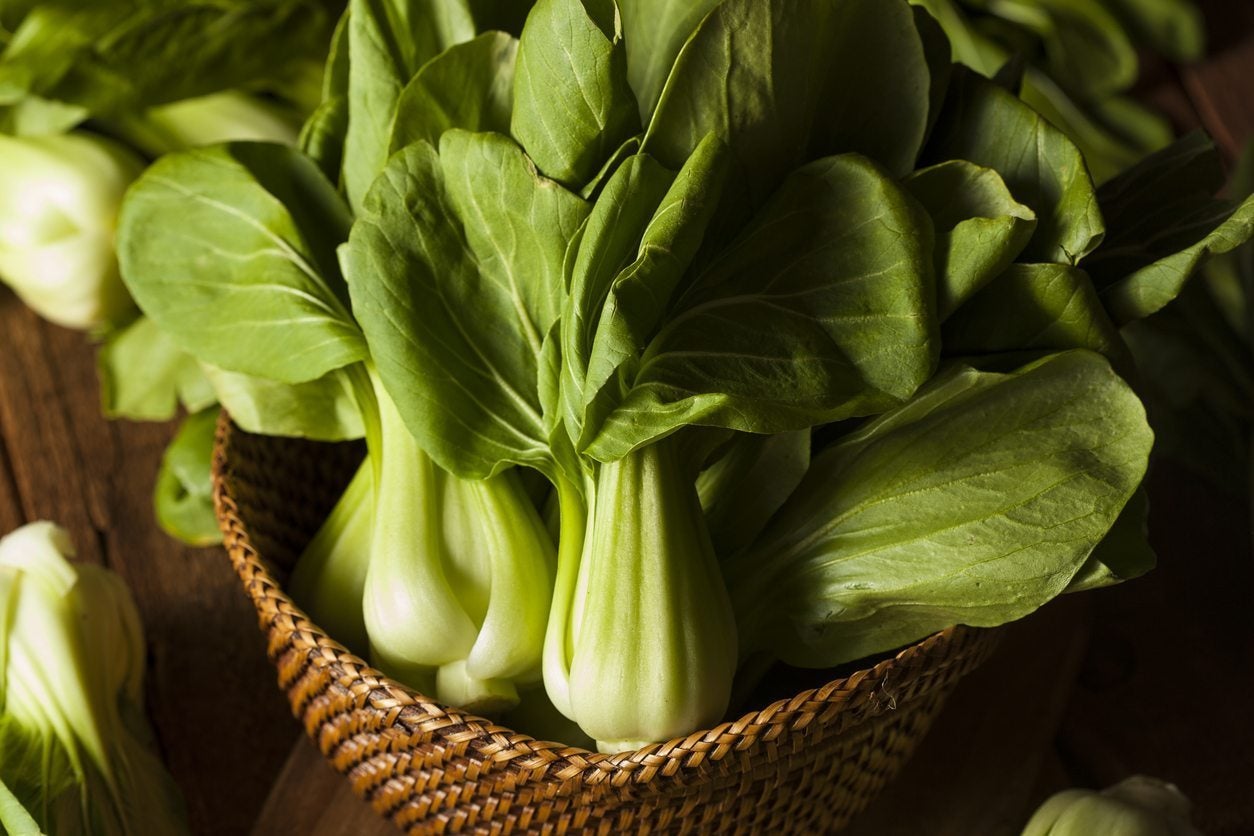 What Is Baby Bok Choy: Bok Choy Vs. Baby Bok Choy
What Is Baby Bok Choy: Bok Choy Vs. Baby Bok ChoyAre bok choy and baby bok choy the same? Are there different ways to use bok choy vs. baby bok choy? Click on the article that follows to find out about growing baby bok choy and other baby bok choy information.
-
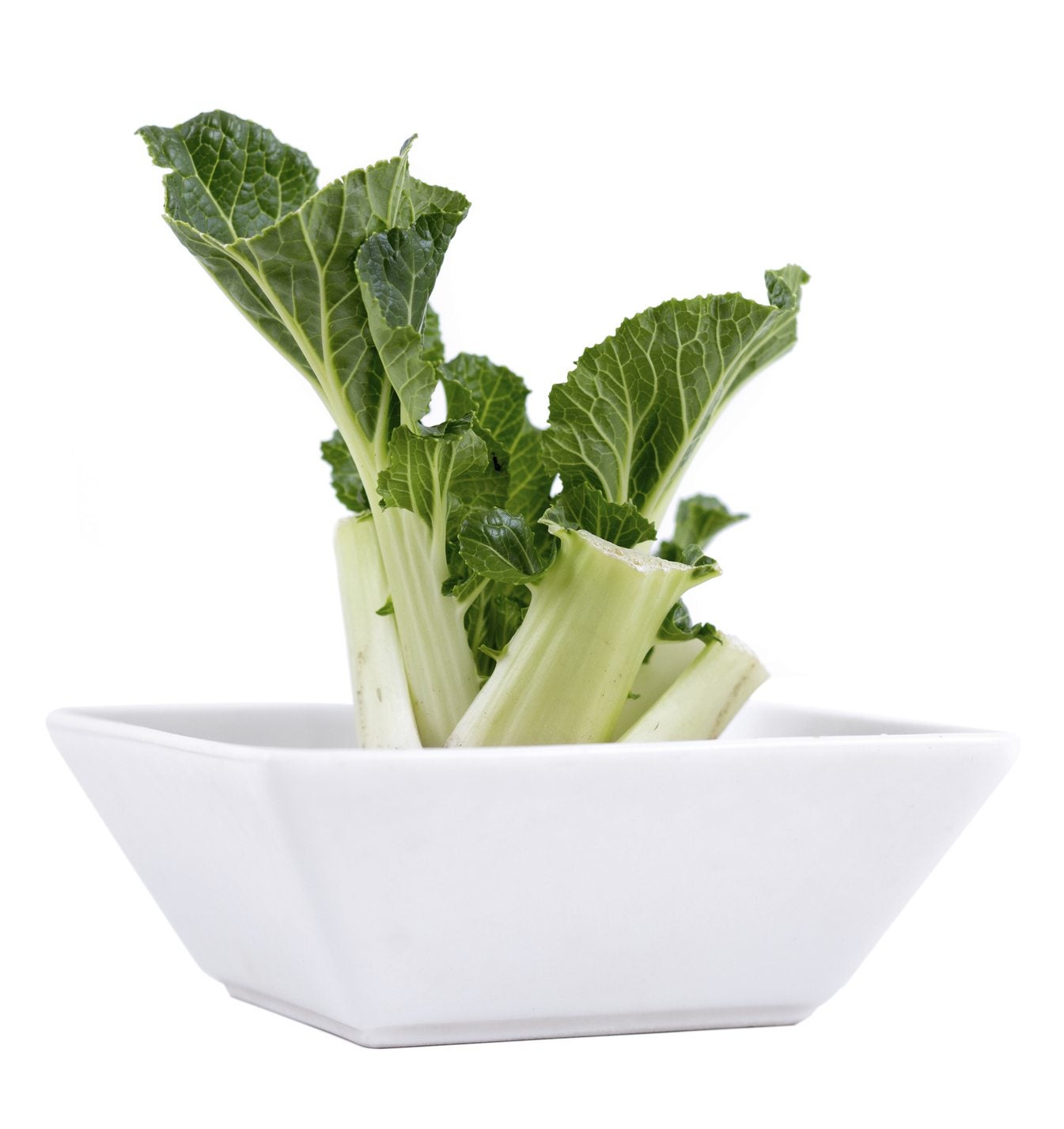 Can You Regrow Bok Choy: Growing Bok Choy From A Stalk
Can You Regrow Bok Choy: Growing Bok Choy From A StalkCan you regrow bok choy? Yes, you sure can, and it's super simple. If you're a thrifty person, regrowing bok choy is a nice alternative to throwing the leftovers in the compost bin or garbage can. This article will help get you started.
-
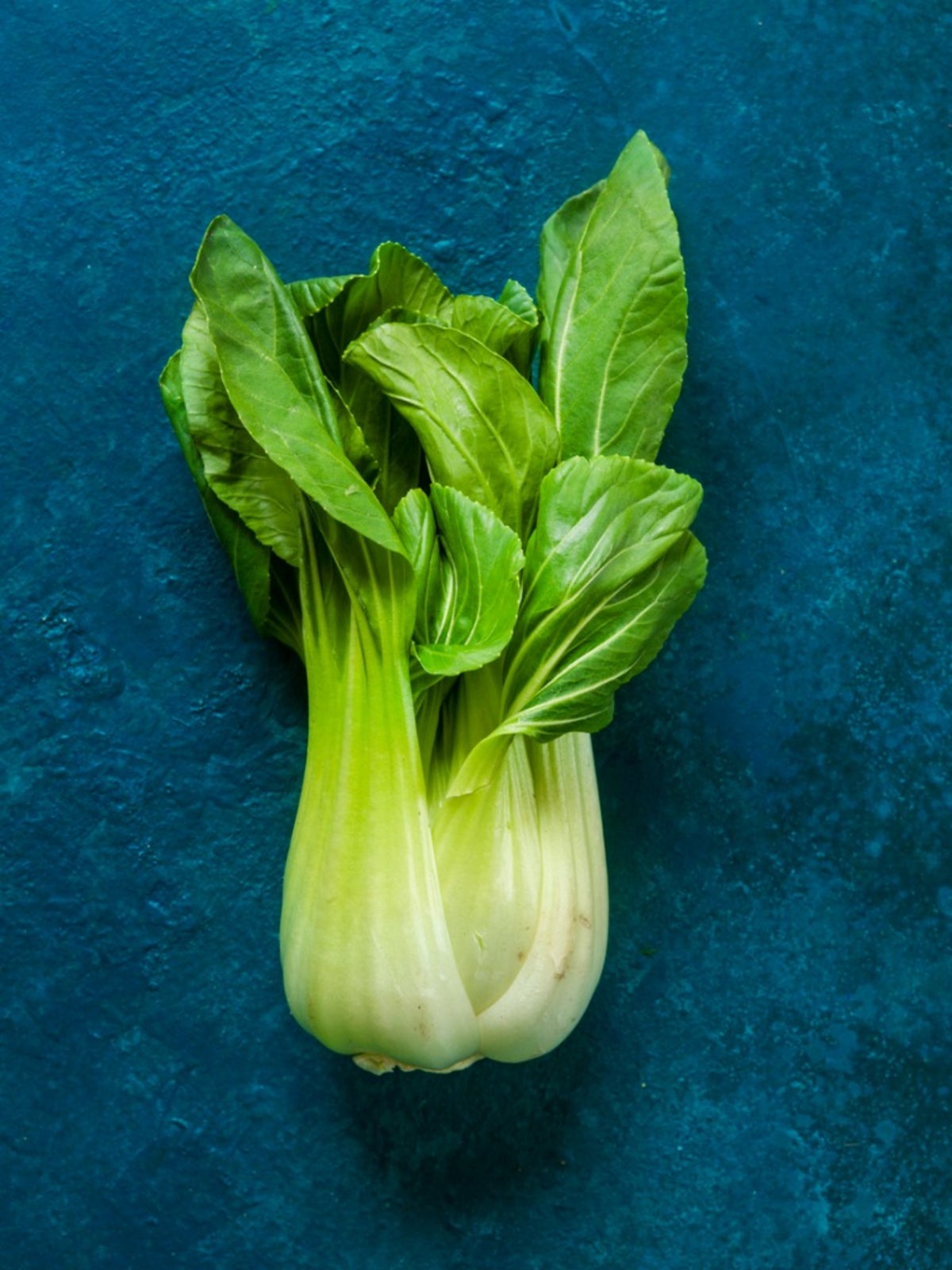 Bok Choy Harvesting - Learn When And How To Harvest Bok Choy
Bok Choy Harvesting - Learn When And How To Harvest Bok ChoyBok choy is an Asian vegetable that is a member of the cabbage family. Filled with nutrients, the plant?s wide leaves and tender stems add flavor to stir fry, salad and steamed dishes. Find harvesting tips for bok choy here.